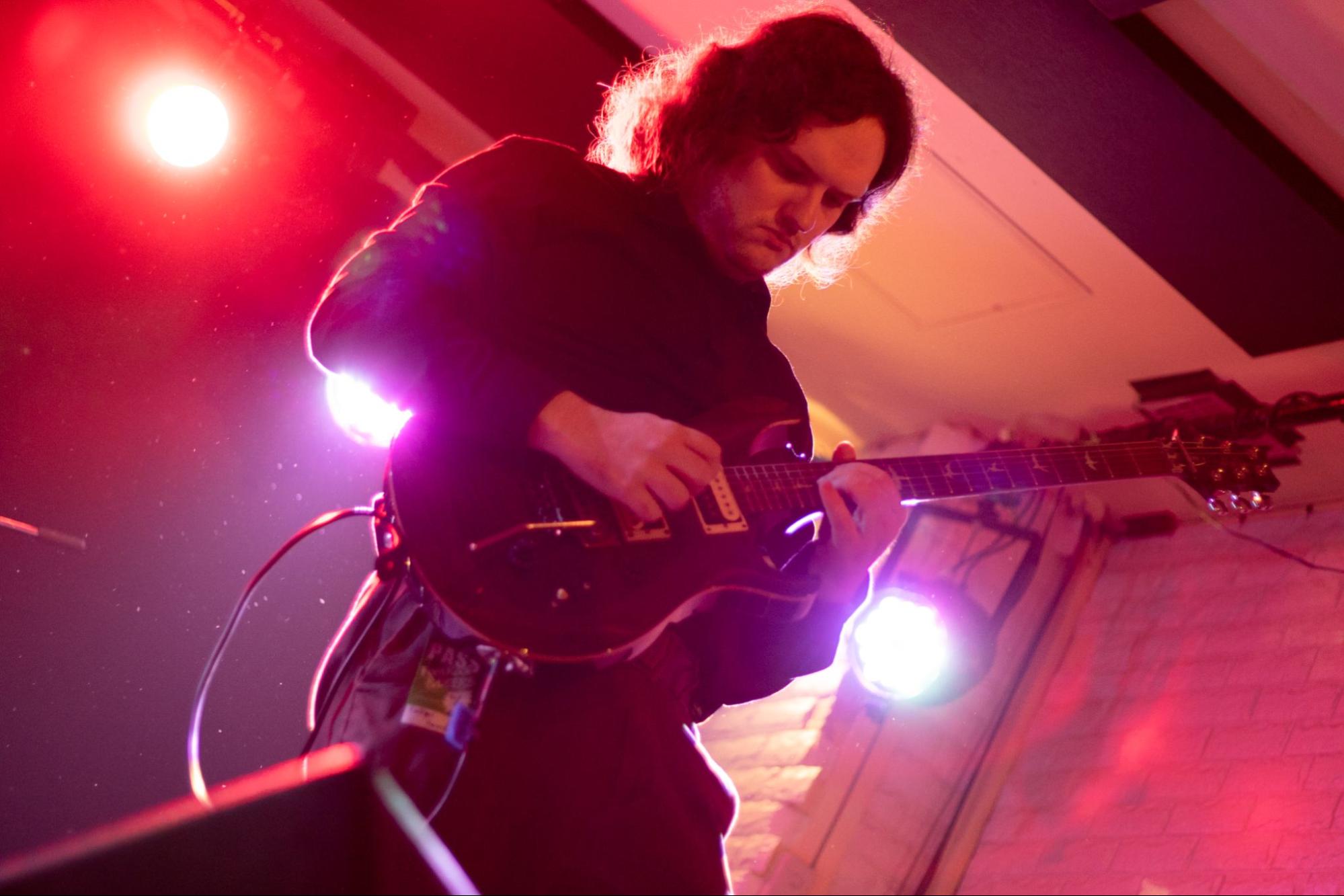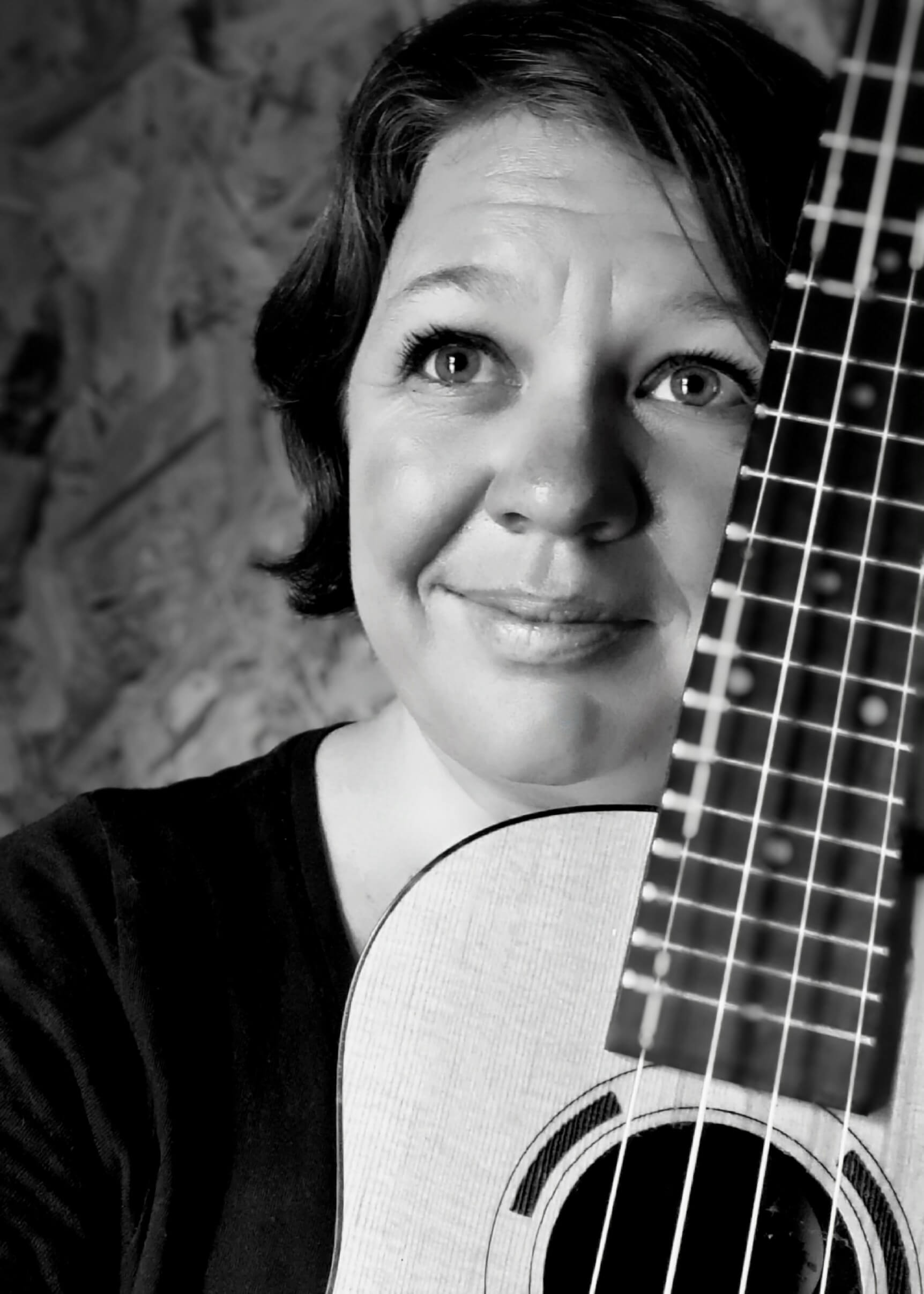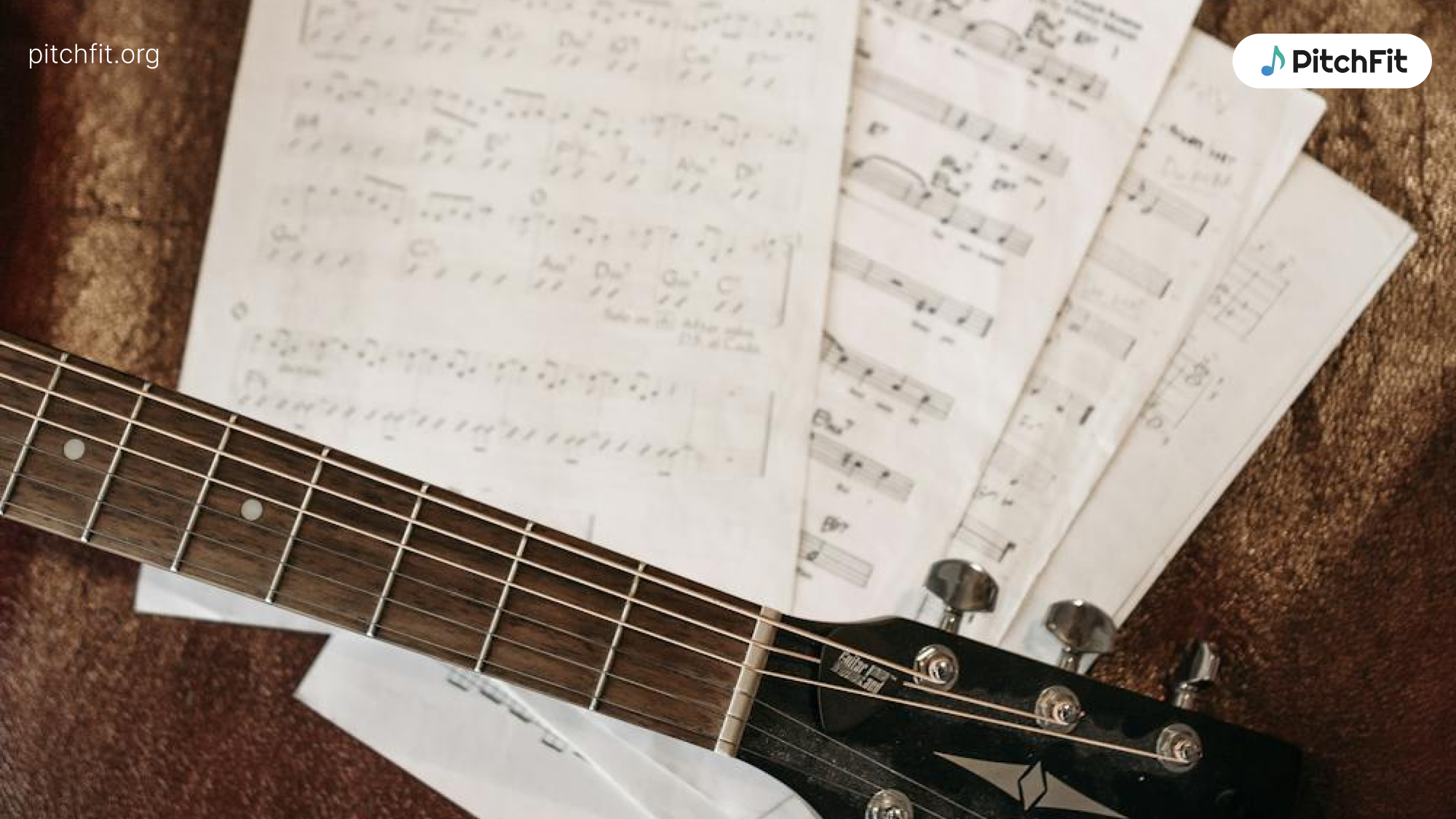Perfect pitch, also known as absolute pitch, is the rare ability to identify or reproduce the correct pitch of a musical note without needing any external reference. The nature of this fascinating skill has captivated musicians and scientists for years.
While it was once believed that perfect pitch was entirely genetic, new research suggests that both learning and environmental factors may influence its development. It is, in fact, quite challenging to separate these factors and assign an exact contribution to each (Gregersen et al 1999).
In this article, we will explore the genetic basis of perfect pitch and how early musical training plays a role in developing this extraordinary ability.
What is Perfect Pitch?
Perfect pitch allows people to:
- Instantly identify individual pitches.
- Sing a specific note without needing a reference.
- Effortlessly name the key of a song.
- Recognize whether a song has been transposed to another key.
This ability differs from relative pitch, where people identify a note’s pitch based on its relation to other notes. Relative pitch, which is far more common, helps musicians recognize musical patterns and intervals (like "do, re, mi"). However, it does not provide the same level of precise note identification as perfect pitch does.
The Genetic Basis of Perfect Pitch
Many studies suggest that a genetic predisposition plays a key role in determining who develops perfect pitch. Here are some of the most important findings:
Twin and Family Studies
A study by Drayna and colleagues (2001) found that siblings who are identical twins (i.e. they share almost all their genes) have more similar musical pitch perception abilities than siblings who are fraternal twins (i.e. they only share approximately half of their genes). This indicates that genetic predisposition does have a role in developing perfect pitch.
Supporting this, Theusch and Gitschier (2011) conducted a twin and family study. They found that 78.6% of identical twins both had perfect pitch, compared to only 45.2% of fraternal twins. This further proves that genetics play an important role in developing perfect pitch. Furthermore, they found that perfect pitch is not inherited in a simple Mendelian way like other traits. Their study suggests that a mix of genetics, environment, and random factors all play a part in developing perfect pitch.
In 2000, Baharloo and colleagues conducted a study showing that perfect pitch often runs in families, reinforcing the idea of a genetic link. Individuals with perfect pitch were far more likely to have relatives who also had this ability.
The study also highlighted how early music training plays a major role. For instance, siblings who started music training before the age of six were much more likely to have perfect pitch compared to those who began later. This combination of genetic predisposition and early music exposure significantly increases the chances of developing perfect pitch (Baharloo et al 1998).
Gene Associations
Although a definitive single "perfect-pitch gene" has yet to be identified, Theusch and colleagues (2009) discovered a region on chromosome 8 that is associated with perfect pitch in European families. Further research by Szyfter and Witt (2020) identified several additional genes linked to musical abilities and auditory processing, including AVPR1, SLC6A4, and GATA2, found on this and other chromosomes. These findings provide more evidence that genetic predisposition plays a critical role in pitch identification and the development of perfect pitch.
Who is Most Likely to Have Perfect Pitch?
Various factors can increase an individual's likelihood of developing the rare skill of perfect pitch. Below, we explore the traits of those who are more likely to possess it:
1. Early musical training
Starting music lessons early significantly increases the chances of developing absolute pitch. Research consistently shows that early childhood is a crucial period for auditory learning.
A study by Leite and colleagues (2016) tested musicians on their ability to identify pitches and found that most participants with absolute pitch began their musical training before the age of 12. The earlier the training, the more likely they were to develop this skill.
Another study demonstrated that children between ages two and six can be trained to develop absolute pitch through intensive and consistent methods like Eguchi’s Chord Identification Method (Sakakibara 2014). This highlights the importance of starting early, as younger brains are particularly flexible and receptive to learning individual pitches.
While not every early learner will develop perfect pitch, these studies suggest that early exposure to music significantly boosts the likelihood of acquiring this exceptional ability.
2. Speakers of tonal languages
People who grow up speaking tonal languages, like Mandarin, Cantonese, or Vietnamese, are much more likely to develop perfect pitch. In these languages, the meaning of a word can change depending on the different pitches used, so speakers must pay close attention to subtle differences in tone from an early age.
Deutsch and colleagues (2004) found that tonal language speakers have a natural advantage when it comes to pitch discrimination. This suggests that early exposure to a pitch-based language can enhance the ability to develop perfect pitch.
For these speakers, distinguishing pitches is a routine aspect of daily life, which likely facilitates their ability to recognize and reproduce musical notes.
3. Familial tendency
Perfect pitch is more common in families with a strong musical background, which further suggests a genetic influence (Szyfter & Witt 2020).
In families where multiple generations play instruments or sing, children are more likely to develop the ability to recognize and replicate musical notes. Research shows that children born into musically gifted families tend to have a higher chance of developing perfect pitch, even if they start formal musical training later.
While having musically inclined relatives does not guarantee perfect pitch, it seems to increase the likelihood, through environmental exposure, genetics or other yet unknown mechanisms.
4. Synesthesia and perfect pitch overlap
Synesthesia, where one sense triggers another, is more common among people with perfect pitch. For instance, someone with synesthesia might hear a musical note and instantly associate it with a specific color, like hearing a C note (“Do”) and visualizing the color blue.
This is suggested by Gregersen and colleagues’ (2013) study showing that approximately 20% of people with perfect pitch also experience some form of synesthesia. This overlap suggests that perfect pitch and synesthesia may share common genetic or neuronal foundations, especially related to increased brain connectivity.
Individuals with synesthesia have brains structured to connect multiple senses. Further research is needed to determine whether this unique wiring accounts for their heightened ability to recognize musical pitches.
5. Links to Autism Spectrum Disorder (ASD)
Autism spectrum disorder (ASD) is a developmental condition that affects how individuals interact, communicate, and process sensory information.
Researchers have found that there is an intriguing connection between absolute pitch (AP) and autism spectrum disorder (ASD). Dohn and colleagues (2012) found that musicians with AP exhibited higher levels of autistic traits than musicians without AP or non-musicians. Specifically, those with AP were found to be less imaginative.
However, the study clarified that individuals with AP did not exhibit significant social or communication impairments typically associated with ASD. This suggests that while absolute pitch may share some traits with autism, it does not indicate a clinical diagnosis.
6. Hidden ability: accessing absolute pitch through musical imagery
Recent research indicates that a greater number of individuals may possess a hidden form of absolute pitch than previously recognized, particularly through a phenomenon known as involuntary musical imagery (INMI), commonly referred to as “earworms” (Liikkanen & Jakubowski 2020). These are the melodies or complete songs that spontaneously linger in your mind without any conscious effort.
Evans and colleagues (2024) found that people who do not consciously have perfect pitch were still able to hum or sing well-known songs with impressive accuracy when those tunes played in their heads. In fact, 44.7% of participants sang the songs in the exact same key, and almost 69% were within just one note of the correct pitch. This finding suggests that many individuals may possess a hidden ability to recall pitches precisely, even without formal training or conscious awareness.
For instance, if you have ever had a song stuck in your head and found yourself humming it in tune, this research indicates that your brain might be naturally attuned to capturing the exact pitch of that melody, highlighting a subconscious form of musical memory.
The idea that people can unknowingly access such accuracy shows how our minds might store and retrieve musical information more precisely than we realize.
Can You Still Learn Perfect Pitch as an Adult?
For many years, it was thought that perfect pitch was an innate ability, something one was either born with or not. It was widely believed that to have any chance of developing this rare skill, music training needed to begin early in life, i.e. before the age of six.
However, new research challenges this idea, suggesting that the brain might be more adaptable than previously thought. In other words, while developing perfect pitch may be easier for young children, there is some hope for adults who want to improve their pitch identification abilities.
Learning perfect pitch later in life
In a study by Van Hedger and colleagues (2015), some adults were able to improve their pitch recognition skills after undergoing targeted training. These adults did not achieve the same level of accuracy as those born with perfect pitch, but they showed some improvement in identifying individual pitches.
This suggests that with consistent practice and exposure, the adult brain can still enhance its ability to recognize musical notes, even if it does not reach the level of perfect pitch.
The idea that perfect pitch can only develop during a “critical period” in childhood is slowly being questioned. Researchers now believe that pitch identification relies more on accumulating a "critical mass" of musical experience over time, rather than being limited by an age-based cutoff (Wong et al 2020).
While adults may not achieve the same level as those who started music training early, the findings offer encouragement for those willing to put in the effort to sharpen their pitch recognition skills.
Retuning perfect pitch
Even people with lifelong perfect pitch can experience changes in their pitch perception. In a study by Hedger and colleagues (2013), people with perfect pitch were exposed to detuned music, meaning the notes were slightly off-key.
Surprisingly, their brains adjusted to the detuned notes and started to perceive them as correct. This finding shows that perfect pitch is not entirely rigid – it can be influenced by the sounds people hear over time.
So, even for those with perfect pitch, the ability to recognize and identify different pitches can be flexible and change based on their auditory environment.
What about relative pitch?
While perfect pitch is rare, most musicians rely on relative pitch, which is the ability to identify a note’s pitch in relation to another. Unlike perfect pitch, relative pitch can be developed at any age and is a useful skill for many musicians.
Relative pitch allows you to identify intervals between notes and determine how one note relates to another. For instance, a person with good relative pitch skills may not be able to name a note out of thin air, but can recognize the distance (in frequency) between two notes and accurately reproduce melodies.
Training relative pitch is a more common practice, as it does not require identifying individual pitches without a reference tone. Many ear-training programs focus on improving relative pitch, making it a skill that is more likely attainable for those willing to practice, though not guaranteed.
Conclusion
Research shows that while perfect pitch has a strong genetic basis, environmental factors – especially early musical training – play a crucial role in developing the ability.
However, recent studies also suggest that perfect pitch is not entirely fixed and can be improved later in life through practice. Understanding the interaction between genetics and experience opens up new possibilities for training programs to help people enhance their pitch perception skills.
While perfect pitch is a remarkable talent, it is important to remember that musical ability comes in many forms. Whether or not someone has perfect pitch, skills like relative pitch, rhythm, and creativity can all be developed to an extent through practice and dedication.
As research continues to evolve, we may uncover even more ways to improve our auditory abilities at any age.





